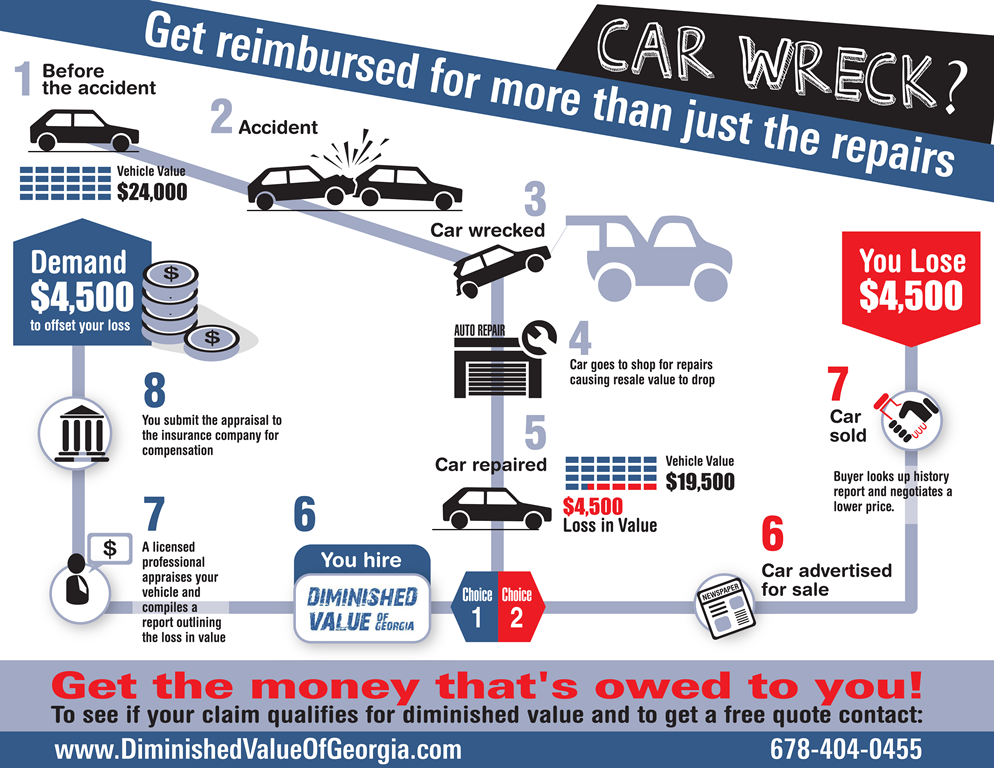Decoding Your Lorry'S Caution Indicators: What They Really Indicate
Decoding Your Lorry'S Caution Indicators: What They Really Indicate
Blog Article
Web Content Written By-Sykes Alvarado
When you're behind the wheel, those beautiful warning lights on your control panel can be a bit difficult. Do you understand what they're attempting to inform you about your vehicle's health? Recognizing the value of these lights is important for your security and the durability of your automobile. So, the next time among those lights pops up, would not you intend to understand its message properly and take the needed actions to address it?
Common Caution Lights and Interpretations
Determine common warning lights in your vehicle and understand their significances to make certain safe driving.
The most regular caution lights consist of the check engine light, which signifies concerns with the engine or emissions system. If this light begins, it's critical to have your car examined immediately.
The oil pressure alerting light suggests reduced oil pressure, needing immediate focus to avoid engine damage.
A blinking battery light could recommend a faulty billing system, possibly leaving you stranded if not dealt with.
The tire stress surveillance system (TPMS) light alerts you to low tire stress, impacting vehicle security and fuel efficiency. Neglecting this can lead to unsafe driving problems.
The abdominal light shows an issue with the anti-lock stopping system, compromising your ability to quit quickly in emergency situations.
Finally, the coolant temperature level warning light warns of engine getting too hot, which can lead to extreme damage if not fixed promptly.
Recognizing these usual warning lights will certainly aid you resolve issues promptly and preserve secure driving problems.
Value of Prompt Attention
Recognizing the typical caution lights in your automobile is only the first step; the significance of promptly dealing with these cautions can not be highlighted sufficient to guarantee your safety when traveling.
When a caution light illuminates on your dashboard, it's your cars and truck's means of communicating a potential problem that needs interest. Neglecting https://www.aarp.org/auto/car-maintenance-safety/info-2020/repair-shop-assessment.html can cause extra extreme troubles down the road, compromising your security and potentially costing you a lot more in repairs.
Motivate attention to warning lights can prevent breakdowns and mishaps. As an example, a flashing check engine light can show a misfire that, if left ignored, could create damages to the catalytic converter. Addressing this immediately can save you from a costly repair work.
Likewise, a brake system warning light might signify low brake fluid or used brake pads, crucial parts for your safety and security when driving.
Do It Yourself Troubleshooting Tips
If you see a caution light on your control panel, there are a few DIY repairing suggestions you can attempt before seeking professional assistance.
The primary step is to consult your vehicle's handbook to comprehend what the details warning light shows. Occasionally the issue can be as basic as a loose gas cap setting off the check engine light. Tightening up the gas cap may settle the trouble.
https://brake-repair-near-me29406.frewwebs.com/31805437/personal-representation-enhancing-my-damaged-cars-and-truck-with-a-weekend-describing-experience is a low battery, which can set off different advising lights. Examining the battery connections for rust and ensuring they're safe and secure may deal with the issue.
If a caution light continues, you can try resetting it by detaching the car's battery for a few mins and after that reconnecting it. Furthermore, checking your vehicle's liquid levels, such as oil, coolant, and brake fluid, can assist repair advising lights connected to these systems.
car interior steam clean , understanding your car's caution lights is vital for keeping your automobile running smoothly and safely. By quickly addressing these signals and understanding what they imply, you can avoid pricey repairs and possible failures.
Bear in mind to consult your cars and truck's guidebook for specific information on each cautioning light and take action appropriately to ensure a hassle-free driving experience.
Remain educated, stay risk-free when driving!
